Home > Conference Program - Plenary & Keynote Speakers
Plenary & Keynote Speakers
Plenary Session
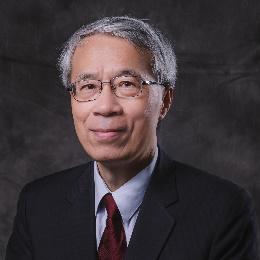
- Dec. 03, 13:00-13:45 / Place: International Hall, College of Engineering (Rm 203)
-
Speaker: Prof. Ming-Daw Tsai
Affiliation: Institute of Biological Chemistry, Academia Sinica, Taiwan
Lecture Title: Development and current status of high-resolution cryo-EM research in Taiwan
CV:
Professor Ming-Daw Tsai received B.S. degree from National Taiwan University (1972) and Ph.D. from Purdue University (1978), and served in the faculty of the Department of Chemistry and Biochemistry, The Ohio State University in 1981-2006. Subsequently he moved to the Institute of Biological Chemistry of Academia Sinica, Taiwan. His research interests include mechanistic enzymology of phosphoryl transfer enzymes including DNA polymerases, kinases and phospholipases, and structure-function relationship of proteins in DNA damage response and cancer signaling, including ankyrin repeat proteins, FHA domain proteins, and recently photolyases. He probes mechanistic problems by applying emerging methodologies in structural biology, including NMR, X-ray crystallography, MS, and recently cryo-EM and X-ray free electron laser (XFEL), leading to 300 publications. In 2018 he led the initiative to establish Academia Sinica Cryo-EM Center (ASCEM). He was elected to Fellow, American Association for the Advancement of Science (AAAS, 1992), Academician, Academia Sinica (2012), and Fellow, The World Academy of Science (TWAS, 2014).
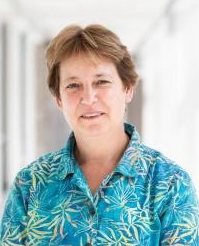
- Dec. 04, 09:00~09:45 / Online conference
-
Speaker: Prof. Frances M. Ross
Affiliation: Massachusetts Institute of Technology
Lecture Title: Visualizing crystal growth on 2D materials surfaces with the help of electron microscopy
CV:
Frances M. Ross received her B.A. in Physics and Ph.D. in Materials Science from Cambridge University, UK. Her postdoc was at A.T.&T. Bell Laboratories, using in situ electron microscopy to quantify silicon oxidation and dislocation dynamics. From Bell Labs, she joined the National Center for Electron Microscopy, Lawrence Berkeley National Laboratory, investigating other materials processes in situ including anodic etching of silicon. She then moved to the IBM T. J. Watson Research Center where she visualized the growth of nanoscale materials using a microscope with deposition and focused ion beam capabilities, developed liquid cell microscopy for visualizing electrochemical processes, and measured growth and transport properties in a combined focused ion beam and scanning tunneling microscope system. She joined the MIT Department of Materials Science and Engineering in 2018 where her research continues to center on nanostructure self-assembly, liquid cell microscopy, epitaxy and electrochemical processes.
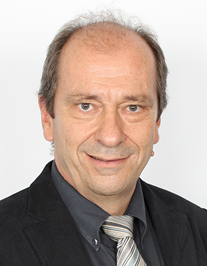
- Dec. 04, 09:45~10:30 / Online Conference
-
Speaker: Prof. Joachim Mayer
Affiliation: Central Facility for Electron Microscopy, RWTH Aachen University Ahornstrasse 55,
52074 Aachen, Germany and Ernst Ruska-Centre, Forschungszentrum Jülich, 52425 Jülich, Germany
Lecture Title: The role of correlative CT and TEM investigations in the development of battery technologies
CV:
Joachim Mayer received his Ph. D. in Physics at the Max-Planck-Institut für Metallforschung, Stuttgart, Germany. In 1988 he joined the Materials Department at the University of California, Santa Barbara, as a postdoctoral research associate. In 1990 he moved back to the Max-Planck-Institut für Metallforschung, Stuttgart, where he worked as a research scientist and Group Leader ‘Analytical Electron Microscopy’. In 1999 he joined RWTH Aachen University to become Professor and Head of the Central Facility for Electron Microscopy of RWTH Aachen. In 2004, he received a co-appointment as one of the two directors of the Ernst Ruska-Centre at Research Centre Juelich.
In 2021 he received the Harald-Rose-Lecture Award of the German Society for Electron Microscopy.
His main areas of activity are: application of conventional, analytical and high resolution transmission electron microscopy to a broad range of materials classes; development of new methods in analytical and ultra-high resolution TEM; in situ-experiments in liquid environment and in a Large-Chamber SEM; operation of the Ernst Ruska Centre as a national centre for aberration-corrected TEM; specification and development of the next generation of aberration-corrected TEMs.
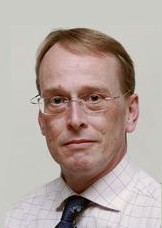
- Dec. 04, 13:00-13:45 / Online Conference
-
Speaker: Prof. Angus Kirkland
Affiliation: Department of Materials University of Oxford and
The Roslaind Frankin Institute
Lecture Title: PROSPECTS AND OPPORTUNITIES FOR ELECTRON PTYCHOGRPAPHY AT LOW DOSE
CV:
Professor Angus Kirkland was awarded his MA and PhD from the University of Cambridge and an honorary DPhil from the University of Oxford in 2003. He has held the post of Professor of Materials at Oxford since 2005 and JEOL Professor of Electron Microscopy since 2013. In 2016 he was appointed as Director of the National Physical Sciences Imaging Centre at Diamond Lightsource and is also a Science Director at the recently established Rosalind Franklin Institute.
His current research interests include
- the development of quantitative phasing methods,
- applications of aberration corrected HRTEM for structural studies of nanomaterials,
- the design of direct electron detectors
- and the development of computational image processing and theory for enhancing resolution in the TEM.
He was awarded the MSA prize in 2005, the Rose prize in 2015, the Quadrennial prize of the European Microscopy Society in 2016 and the Agar Medal for Electron Microscopy in 2017.
He served as General Secretary of the International Federation of Societies for Microscopy from 2014 -2018 and was elected President in 2018.
He has also served as Editor in Chief of Ultramicroscopy since 2010
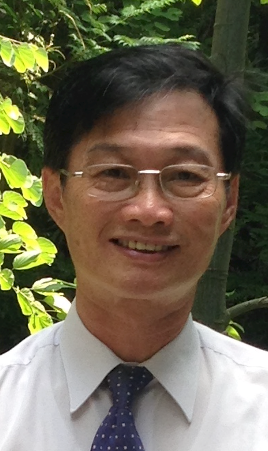
- Dec. 04, 13:45-14:30 / Online Conference
-
Speaker: Prof. Fu-Rong Chen
Affiliation:
- Director, TRACE EM Unit
- Chair professor, Dept. of Materials Science and Eng., City University of Hong Kong, Kowloon, Hong Kong.
Lecture Title: 3D atom dynamics of soft matter
CV:
Professor Fu-Rong Chen is Chair professor of Materials Science & Engineering at City University of Hong Kong, Kowloon, Hong Kong. He received his Ph. D. in Materials Science at State University of New York at Stony Brook, USA. His research interests are in low dose 3D atomic resolution dynamics, soft materials dynamics imaging, quantum electron microscopy and solar energy tunable (SET) glass. Prof. Chen is the recipient of many awards and honors, including Microscopy Society of American Innovation award for Design of Ultrafast/ Ultra High Voltage Desktop Electron Microscope in 2019 and The Distinguished Professor of Tsing Hua University in 2012. In average, he received 5 invitation talks for international conference per year. He has established two high technology companies, electrochromics energy saving smart glass and table-top electron microscope.
From 2018 to now, Professor Fu-Rong Chen is director of the TRACE EM Unit at City University of Hong Kong, Kowloon, Hong Kong. He conducts research on atomic resolution dynamics for the soft materials imaging with aberration corrected environmental TEM equipped with a femto-second pulse electron gun with a laser for sample stimulus and a fast read-out camera.
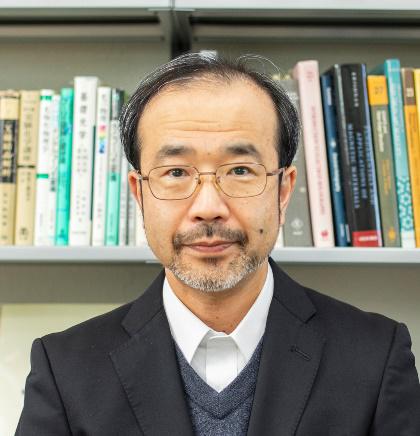
- Dec. 05, 9:00-9:45 / Online Conference
-
Speaker: Yasukazu MURAKAMI, Dr., Professor
Affiliation: The Ultramicroscopy Research Center, Kyushu University
Lecture Title: Toward high-precision analysis of electromagnetic field using electron holography
CV:
Yasukazu Murakami received his PhD in Materials Science from University of Tsukuba, Japan. In 1996, he became Research Associate at Tohoku University, Japan, and started his electron microscopy studies about crystallographic and magnetic nanostructures in materials. He was then appointed as Lecturer (2003) and Associate Professor (2008) at Tohoku University, before he moved to Kyushu University, Japan, to become Professor (2015). In addition, he has experienced invited/visiting scientists at RIKEN (Japan), National Institute for Materials Science (Japan), Okinawa Institute of Science and Technology Graduate University (Japan), Arizona State University (USA), Malaysia-Japan International Institute of Technology (Malaysia), and others. In 2022, he was appointed as Director of the Ultramicroscopy Research Center at Kyushu University.
His research interests include (1) electron holography and Lorentz microscopy studies on magnetic nanostructures, (2) precision improvement of electron holography to measure weak electromagnetic field, (3) in situ electron microscopy about phase transformations and pattern formations in crystals, (4) electron diffuse scattering analysis to examine precursor phenomena of phase transformations, etc. In 2010, he was awarded the Gold Medal from the Japanese Society of Microscopy. He delivered 42 invited talks about electron microscopy in international conferences.
Keynote Session
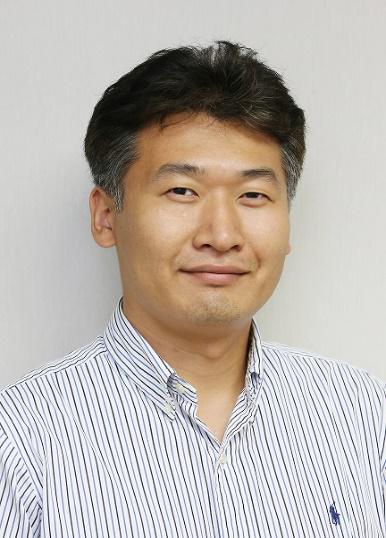
- Dec. 04, 14:30-15:00 / Online Conference
-
Speaker: Prof. Seokwoo Jeon
Affiliation: Chair Professor, Department of Materials Science and Engineering, Korea Advanced Institute of Science and Technology (KAIST), Daejeon, 34141, Republic of Korea.
Lecture Title: TEM Analysis of Graphene Domain Boundary Grown from Mobile Hot Wire Assisted CVD
CV:
Prof. Seokwoo Jeon is Chair professor of Materials Science & Engineering at Korea Advanced Institute of Science and Technology, South Korea. He received PhD degree in Material Science and Engineering in 2006 at University of Illinois at Urbana-Champaign.
His research goals are exploring novel electronic, mechanical, and optical properties from those nanomaterials and employing those materials in real world application. Currently his research focuses on synthesis and applications of low dimensional materials including graphene, carbon nanotubes, BN, and MoS2, and fabrication of 3D nanostructures using various metallic or ceramic materials for mechanical metamaterials and energy applications.
He has produced more than 190 publications and 100 patents in his research fields. He has been a board member of numerous academic societies, and a session organizer or organizing committee of international conferences such as ICCM, ACCM, and MRS. Presidential early-career scientist award from the Korean Academy of Science and Technology (KAST) in 2015 represents his numerous academic awards and honors in recent years. In 2017, he has appointed as a founding member of the Young Korean Academy of Science and Technology (Y-KAST) and become the director of ‘Center for the control of materials properties by 3D nanostructure design’ as the head PI of Advanced MEMS GC Center for Drug Detection, Mirae Sojae Dicovery, and 3D Neuromorphic device Lab.
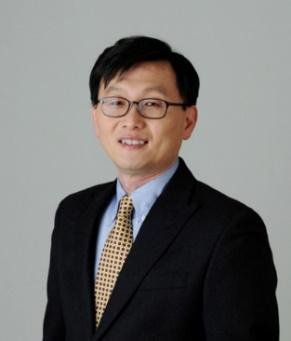
- Dec. 04, 15:20~15:50 / Online Conference
-
Speaker: Prof. Zonghoon Lee
Affiliation: Department of Materials Science and Engineering, Ulsan National Institute of Science and Technology (UNIST) and CMCM, Institute for Basic Science, Ulsan 44919, S. Korea
Lecture Title: Advances in two-dimensional materials research using aberration-corrected TEM/STEM
CV:
Zonghoon Lee received his B.S. and M.S. at Yonsei University and Ph.D. in Materials Science from University of Southern California. In 2005, he moved to the National Center for Electron Microscopy at Lawrence Berkeley National Laboratory as a postdoctoral scientist fellow and then became a senior staff member. After six years in Berkeley, he moved back to Korea to take professor position at UNIST in 2011. He founded Atomic Imaging Center, Center for Multidimensional Programmable Matter, Atomic-Scale Electron Microscopy Lab, and the Department of Materials Science and Engineering at UNIST. Since 2019, he has been a group leader and co-affiliated with Institute for Basic Science (IBS). He leads the characterization group in Center for Multidimensional Carbon Materials. He is the editor-in-chief of Applied Microscopy journal published with Springer Nature Publishing. In 2022, he serves Korean Society of Microscopy as president, and executive board (treasurer) of Committee of Asia Pacific Societies for Microscopy (CAPSM). In 2013, he received the best paper award form Korean Society of Microscopy, and government research award in 2022. He is the author of over 200 refereed papers with about 14,000 citations in the field of materials science and electron microscopy.
His research focuses on atomic-scale characterization, design, and synthesis as well as the properties of advanced materials including 2D materials, carbon materials, and soft matter by means of aberration-corrected S/TEM and spectroscopy. In situ experiments at both the atomic and nano scales are implemented for his study.
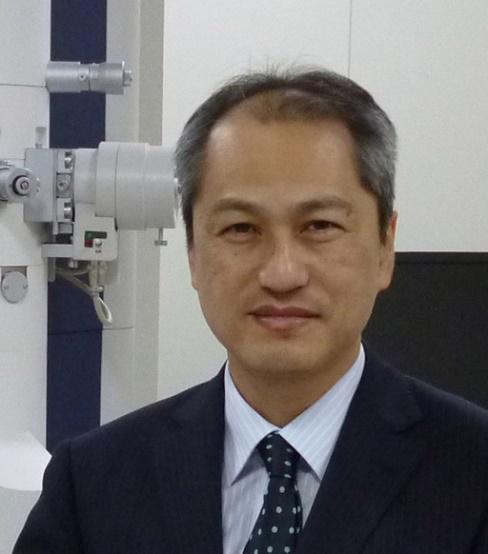
- Dec. 05, 09:45-10:15 / Online Conference
-
Speaker: Prof. Akira Sawaguchi
Affiliation: University of Miyazaki, Japan
Lecture Title: Informative three-dimensional imaging by low-vacuum scanning electron microscopy and novel in situ nanogold labeling for bio-medical target localization.
CV:
Akira Sawaguchi received his M.D. (1996) and Ph.D. (2001) at University of Miyazaki, Japan. He joined the Molecular and Cell Biology at University of California, Berkeley, as a postdoctoral research fellow (2001-2003). Then, he moved back to University of Miyazaki, and appointed as Professor (2010 - /Department of Anatomy, Ultrastructural Cell Biology).
His research interests are focused on (1) bio-medical application of low-vacuum scanning electron microscopy (LV-SEM), (2) Informative three-dimensional survey of cell/tissue architectures in thick paraffin sections by LV-SEM (3) novel in situ strategy of nanogold nucleation and secondary growth development for bio-medical target localization, etc. He has also assisted electron microscopy of the induced pluripotent stem (iPS) cell research especially on the development of iPS-derived platelet for more than 15 years, with publications in Cell, Cell Stem Cell, J Exp Med, Blood, etc.